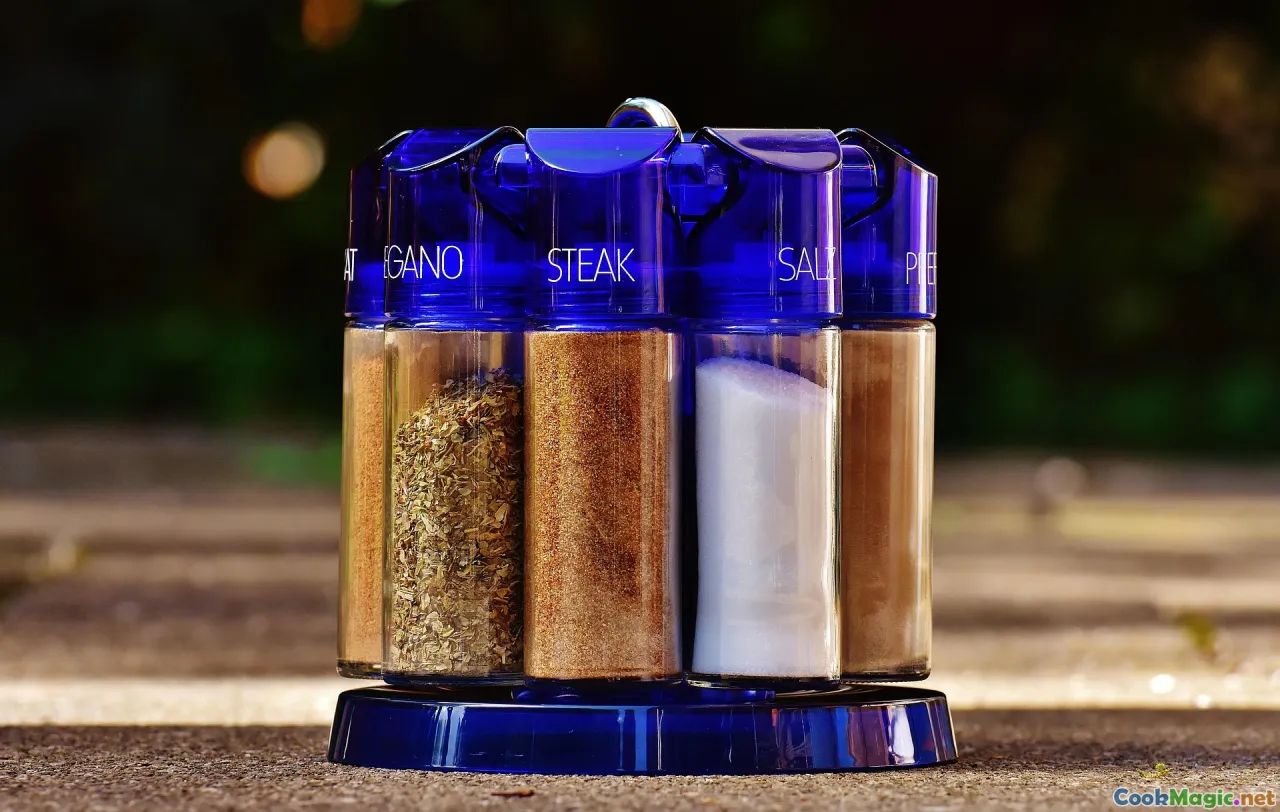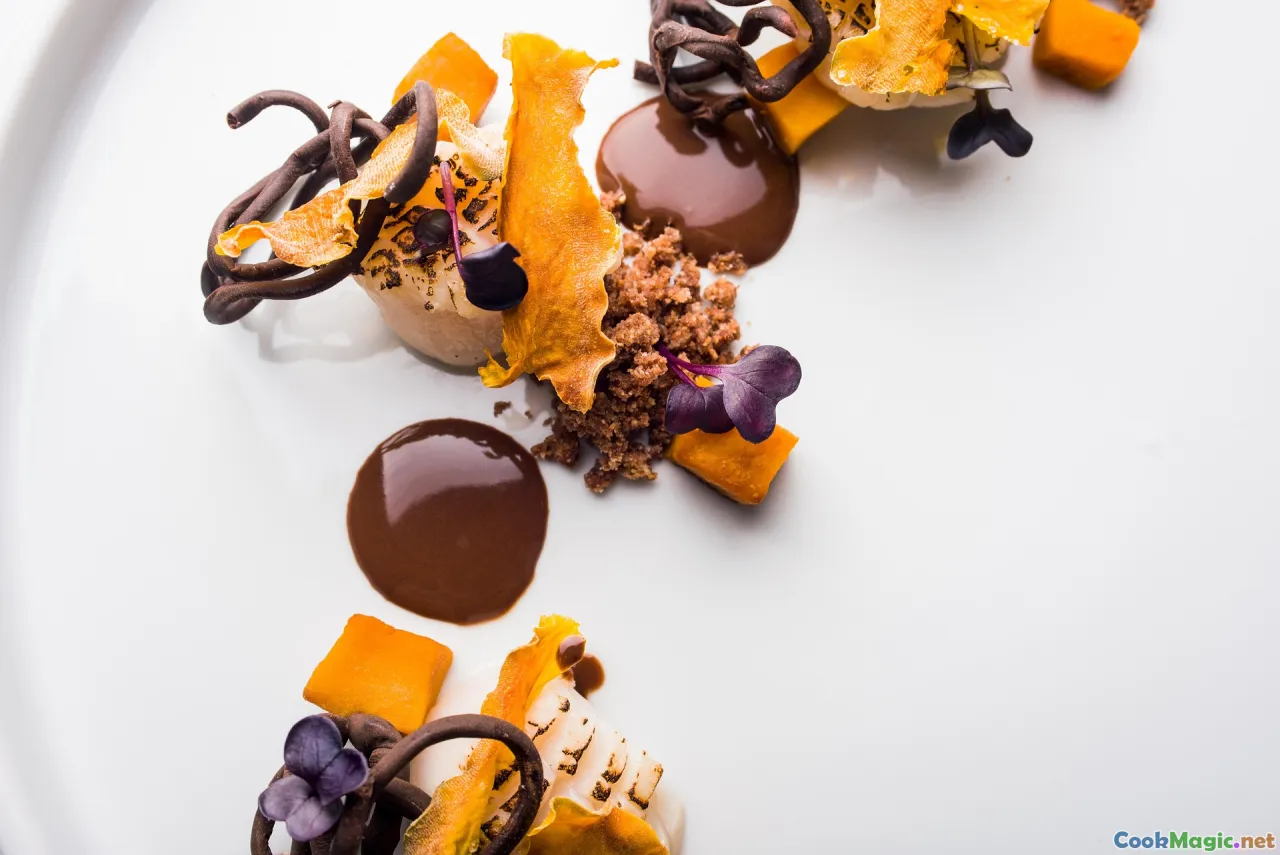Secrets to Balancing Flavors in Sri Lankan Dishes
10 min read Discover expert tips on achieving perfect flavor harmony in Sri Lankan dishes through authentic spice combinations and culinary skills. September 30, 2025 09:05
Secrets to Balancing Flavors in Sri Lankan Dishes
Sri Lankan cuisine is a vibrant tapestry woven from centuries of trade, culture, and tradition, resulting in a symphony of bold flavors that captivate the senses. From the fiery heat of chili-laden curries to the aromatic sweetness of coconut milk and jaggery, mastering the art of balancing these flavors transforms a good dish into an unforgettable culinary experience. For those passionate about exploring this tropical paradise of taste, understanding the delicate dance of flavors—spicy, sour, sweet, salty, and bitter—is essential.
Let’s embark on an immersive journey through the secrets of achieving harmony in Sri Lankan cooking, blending historical insights, vivid sensory descriptions, and practical tips that elevate every bite.
The Cultural Foundations of Flavor Balance in Sri Lankan Cuisine

Sri Lanka’s culinary soul is deeply rooted in its rich history, shaped by centuries of spice trade, colonial influences, and indigenous practices. The island's cuisine reflects a harmonious integration of these elements, where each flavor plays a deliberate role. Indigenous communities utilized native herbs and greens, while foreign traders introduced spices like cinnamon, cardamom, cloves, and pepper, transforming local dishes into complex palates of taste.
In traditional Sri Lankan meals, the interplay of flavors mirrors the island’s cultural ethos—respect for harmony, community, and celebration. It’s no surprise that dishes are carefully crafted to prevent overpowering any one element, aiming instead for a nuanced symphony of taste.
For example, Karramunai curry, a simple yet deeply flavorful dish, balances the heat of chili with the sweetness of coconut milk and a touch of sour with lime, embodying this cultural philosophy.
How to Master Flavor Balance: The Core Principles

Achieving perfect flavor harmony in Sri Lankan cuisine comes down to understanding and applying key principles:
1. Respect for Aroma and Seasoning
The foundation of flavor balance is layering aromas and seasonings. Toasting spices like cumin, coriander, and cinnamon releases essential oils, opening up the flavors and setting a fragrant base for dishes.
2. The Power of Coconut
Coconut, whether in milk, grated flesh, or oil, introduces a creamy sweetness that mellows out spiciness and adds depth. It acts as a soothing counterpoint to fiery chilies and sharp acids.
3. Balancing Heat and Acidity
Chilies and vinegar or lime juice must be used judiciously. A common mistake is overwhelming dishes with heat, so a little goes a long way. The acidity brightens and brightens flavors, enhancing overall harmony.
4. Dialing in Sweetness
Jaggery or palm sugar is often used to offset acidity and heat, providing a subtle sweetness that keeps the palate refreshed.
5. Texture and Freshness
Incorporating fresh herbs like cilantro or mint, crunchy vegetables, or roasted nuts adds contrasting textures and flavors, enriching the overall experience.
Practical Steps: Building Flavors Layer by Layer

- Start with Aromatics: Sauté onions, garlic, and ginger until golden; their fragrant aroma forms the dish’s foundation.
- Toast Your Spices: Dry-toast or fry spices briefly to unlock full flavor potential.
- Add Main Ingredients Gradually: Incorporate vegetables or meats, allowing flavors to meld.
- Introduce Liquids and Acid: Coconut milk, tamarind paste, or lime juice should be added thoughtfully to balance heat and richness.
- Adjust Seasonings at the End: Taste and tweak with salt, sugar, or chili as needed.
By following this layered approach, cooks can control flavor intensities and achieve a nuanced final product.
Comparing Sri Lankan Curries: A Lesson in Equilibrium

Sri Lankan curries are a masterclass in flavor balance. For example, Parippu (red lentil curry) is subtly spiced with turmeric and cumin, offset by the richness of coconut milk, and flavored with a splash of lime to brighten and enhance the earthy lentils.
Contrast this with Chicken Karai—a bolder, spicier version—where the heat is balanced by the sweetness of caramelized onions and the coolness of freshly chopped herbs. The key lies in adjusting chili amounts and adding tangy ingredients to prevent the spice from overpowering every other flavor.
This comparative approach teaches us to think about each flavor component as a part of a whole, not in isolation but in relation to other elements.
Embracing Personal and Regional Nuances

Flavor balancing isn’t confined to exact recipes; it’s also deeply personal and regional. Coastal communities in Sri Lanka tend to favor more coconut and seafood-based dishes, with subtle acidity from lime, while central highlands incorporate more cinnamon, cloves, and hearty root vegetables.
Tasting as you cook, adjusting seasonings incrementally, and respecting local traditions create a unique culinary signature that reflects the cook’s own palate and regional identity.
Tips for an Intuitive and Consistent Flavor Balance

- Begin with Small Batches: Experiment with seasonings incrementally. Less is more; it’s easier to add than remove.
- Use the “Taste and Adjust” Method: Regular tasting during cooking helps identify when flavors need balancing.
- Familiarize Yourself with Key Ingredients: Knowing the characteristics of spices and condiments helps in choosing and balancing them properly.
- Practice the Art of Blending: Create spice mixes and pastes tailored to your taste, mastering how they influence overall flavor.
- Record and Reflect: Keep notes on successful flavor combinations to streamline future dishes.
Personal Reflections and Final Inspiration
My own journey into Sri Lankan cooking revealed that the joy of balancing flavors is about mindful tasting and respecting ingredients’ innate qualities. A well-balanced Ambula (pickle) not only awakens the palate but also carries stories of the land's spice markets and village kitchens.
I urge you to approach Sri Lankan dishes with patience and curiosity—trust your senses, and don't shy away from adjusting. Whether you’re simmering a fiery fish curry or preparing a gentle coconut sambol, the secret lies in listening to your taste buds and honoring the harmony that these ingredients can create.
As you master the art of balancing flavors, you not only elevate your cooking but also experience a deeper connection to Sri Lanka’s rich culinary heritage—a heritage built on the timeless pursuit of delicious harmony.









